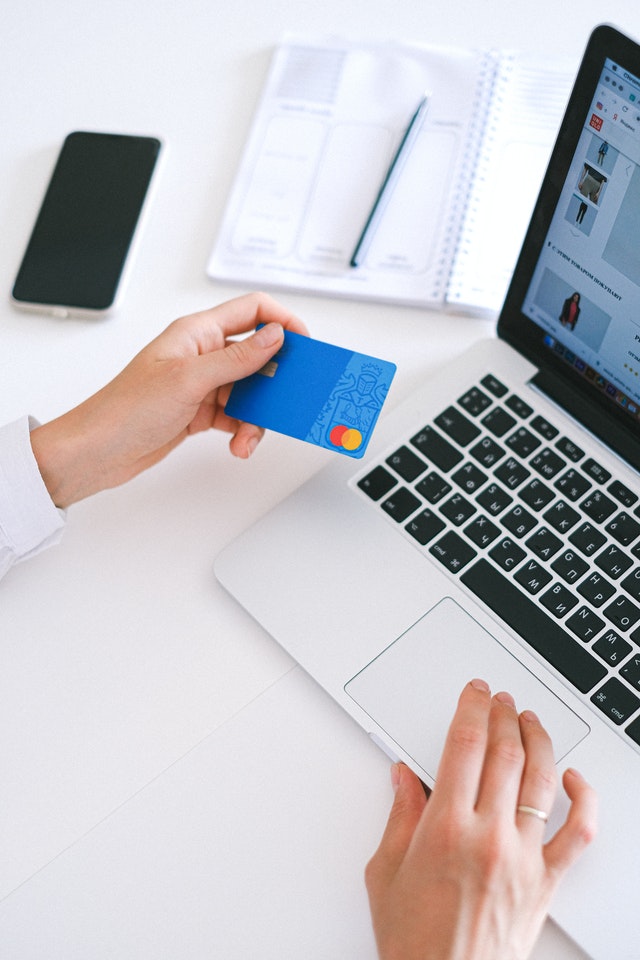
Debit Cards –
Individual debit card is fundamentally a plastic check. When they use it to make a purchase, it takes the money directly out of their bank account. So, if they try to spend Rs. 5000 but only have Rs. 3000 in their account, the bank will decline their transaction.
Because the money comes out of their account as soon as they swipe, they won’t get a bill and they won’t pay interest. They might, however, face overdraft fees if they try to spend more money than is in their account. Debit cards also work as ATM cards. They can use them to take cash directly out of their bank account.
How do Credit Cards Work?
Individual credit card, unlike a debit card, is like a loan. When they open a credit card, they are sanctioned for a certain line of credit. Also known as a credit limit; a line of credit is how much they can expend before their card is “maxed out.” Once they reach this threshold, they can no longer use their card for purchases at least not until they make a payment and it posts to their account.
Each month, they will get a bill from their card issuer. This bill will contain the amount they spent during the current billing cycle, any other charges on the account, and any leftover balance from the preceding month. Though they are only essential to cover the minimum payment, they will naturally pay interest on whatever amount remains.
Since credit card interest rates are usually very high, it’s highly suggested to pay their bill in full each month to avoid interest fees completely.
The advantages of paying bills with a credit card or debit card
There are many reasons individual may want to pay their monthly bills with a credit or debit card when possible. Here are just a few of the advantages of paying with debit or credit card:
• Setting up automatic payments for monthly bills through a credit card or debit card will help ensure payments are always on time.
• Using a credit card for a monthly bill is a great way to ramp up a credit score without running the risk of overspending. Just be sure to pay the bill in full and on time every time.
• Using a credit card that proposals rewards for a bill that requests to be paid anyway will aid to pile on those rewards points without overspending. Many debit and/or credit card issuers, also proposal attractive rewards for using the card to pay for specific expenses, containing some monthly bills.
• Paying with debit or credit card offers the consumer the advantages of purchase protection, zero or minimal liability in case of fraud, guaranteed returns and more.
• Pay your bills quickly without the hassle of writing out checks and using snail mail. With a credit or debit card, paying a bill only takes a few clicks or phone prompts.
• Paying with a credit or debit card makes for easy tracking of monthly spending.
• Bill payments made through credit or debit card will generally post within one or two business days. Compare that with a check that wants to be mailed out, delivered to the correct party and then deposited and cleared until the payment is finally processed.
Which of my bills can I pay with a credit or debit card?
• Making immediate payments
• Making a large purchase
• Shopping online
• Dining out
• Paying utility bills
• Booking a car or hotel room
• Building credit
• Purchasing flight tickets
• Getting foreign currency
—
LoanDPR.com is an online platform for generating Project Reports for bank loans. Whether it is a fresh Start-up or an established unit or organisation, users can create a Detailed Project Report required for bank loan with the use of LoanDPR.com.
It’s user Friendly and Do it by Yourself Platform, created for End Users (even a layman), Entrepreneurs, Business Owners, Chartered Accountants, Tax Consultants, Finance Professionals, Bank Employees, etc. One can generate a Project Report in just 10 minutes by using a dynamic & user friendly interface provided by LoanDPR.com
For any assistance or more information feel free to contact us at contact@LoanDPR.com or at WhatsApp no. +91-8459973683 or +91-8459941735.


 Total Visitors : 5766
Total Visitors : 5766 Total views : 12668
Total views : 12668